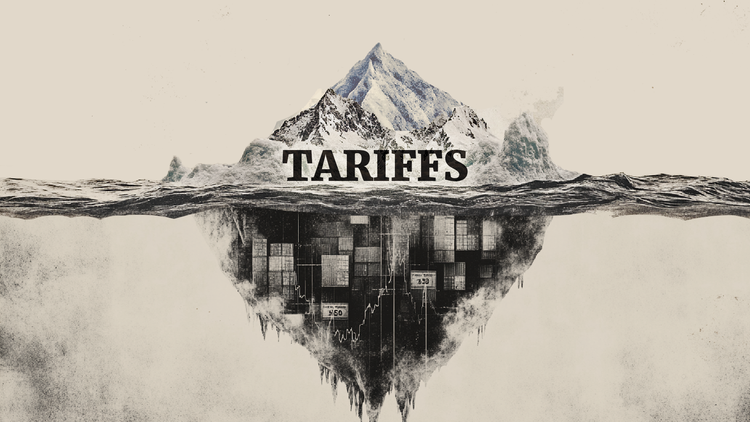The president-elect of the United States, Donald Trump, will be inaugurated next Monday (20) on the steps of the Capitol. Since 1981, the inauguration ceremony has taken place outdoors, in front of the West wing of the Congress headquarters, but the cold and rain typical of January in the northern hemisphere winter have already hampered the passing of the baton.
Outdoor possession
The first outdoor inauguration ceremony took place in 1817, when James Monroe decided to take the oath in front of the old brick Capitol in Washington, DC. The building served as the temporary headquarters of the U.S. Congress after the Capitol was burned in the Battle of Washington in 1814. Monroe decided that outside the temporary headquarters would be the most appropriate location for the oath of office, as there was an impasse over whether the ceremony it should happen in the Senate or the Chamber.
Since then, new American presidents have taken office in several locations in front of the Capitol. In 1829, Andrew Jackson took office in the east portico of the building. Franklin D. Roosevelt’s last inauguration took place on the south portico, in a discreet ceremony during the Second World War, in January 1945. In 1981, Ronald Reagan was the first president to take office on the west portico, where the rite takes place until the present day.
Harsh winter
The United States Constitution dictates that the president-elect must take office on January 20, at noon Washington, DC time, in the depths of the harsh winter. And extreme weather has already had serious consequences for the American government.
In 1841, when the ceremony still took place in March, in milder weather, President William Henry Harrison became the first American president to die while in office, just a month after taking office, due to a cold. On the day he took office, Harrison spoke for forty minutes in cloudy, windy weather. He developed pneumonia and died in April of that year.
Another tragedy marked the inauguration of President Franklin Pierce. Heavy snowfall hit Washington, D.C. during the new president’s inauguration speech and dispersed the crowd. The presidential parade also had to be cancelled. But officials participating in the ceremony, such as First Lady Abigail Fillmore, wife of incumbent Millard Fillmore, remained under the snow for a long time. The first lady’s cold developed into pneumonia, and she died a few days later.
In 1909, a storm covered Washington, D.C. with more than 10 inches of snow and forced President William H. Taft to take the oath of office inside the Capitol. According to the National Weather Service (NWS), more than 58 tons of snow were removed from the presidential parade route. Around 6,000 men worked to clear the path.
The first presidential inauguration to take place on January 20th was that of Franklin Delano Roosevelt’s second term. According to the NWS, the president insisted on holding the presidential parade in an open car, despite the sleet and freezing rain. On this day, the temperature was just 0.5°C
John F. Kennedy’s 1961 inauguration was also affected by extreme weather. The day before the ceremony, the American capital was covered in a layer of 20 centimeters of snow. “The president-elect had to cancel dinner plans and, struggling to keep up with other commitments, only slept four hours. Former President Herbert Hoover was unable to fly to Washington National Airport due to weather and had to miss the inauguration ceremony,” reports the NWS.
During the night, several men worked to clear the way on Pennsylvania Avenue for the presidential parade. At the time of the oath, the thermal sensation was -13°C.
This content was originally published in Trump’s Inauguration Takes Place in the Deep of Winter; The cold has caused tragedy on other occasions on the CNN Brasil website.
Source: CNN Brasil
Bruce Belcher is a seasoned author with over 5 years of experience in world news. He writes for online news websites and provides in-depth analysis on the world stock market. Bruce is known for his insightful perspectives and commitment to keeping the public informed.







